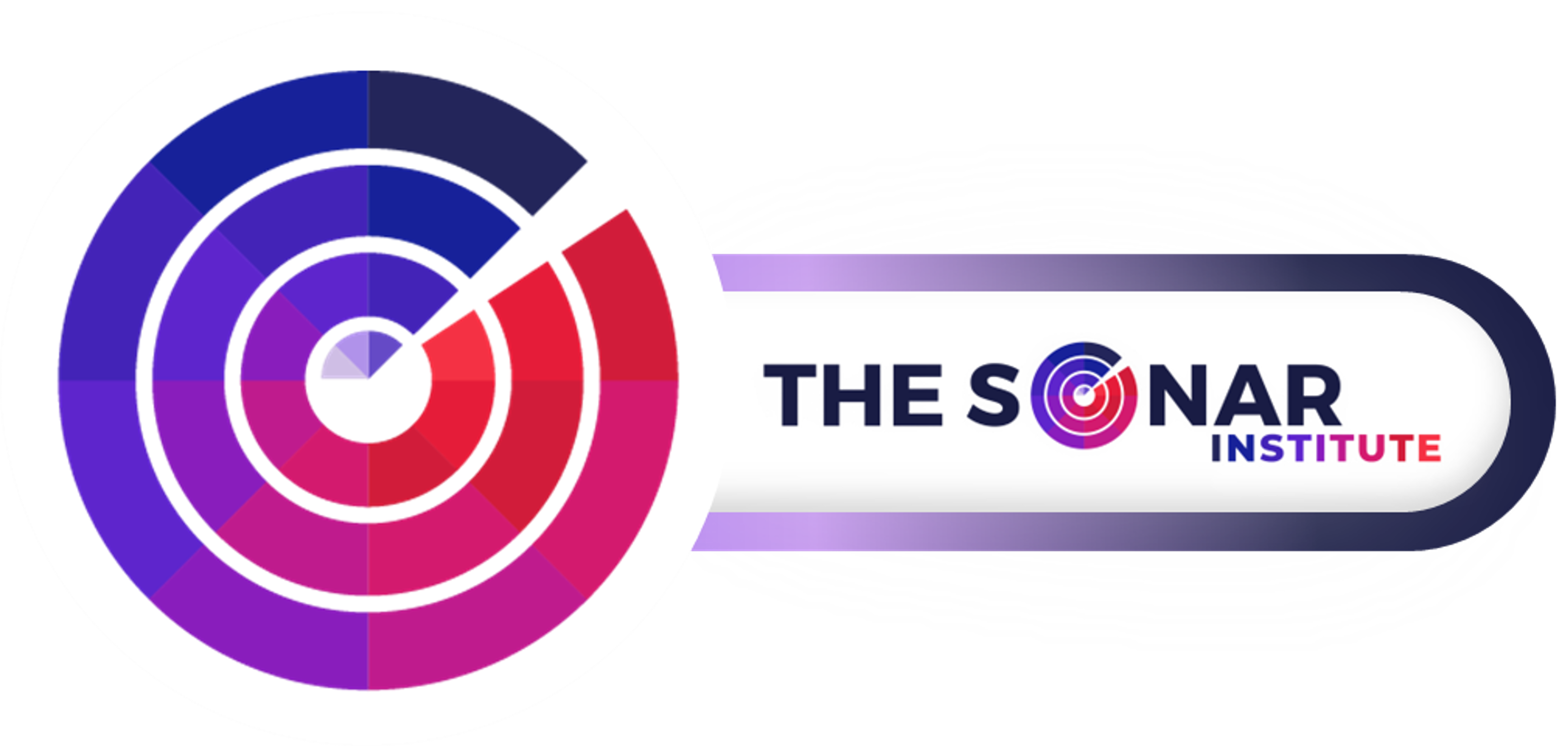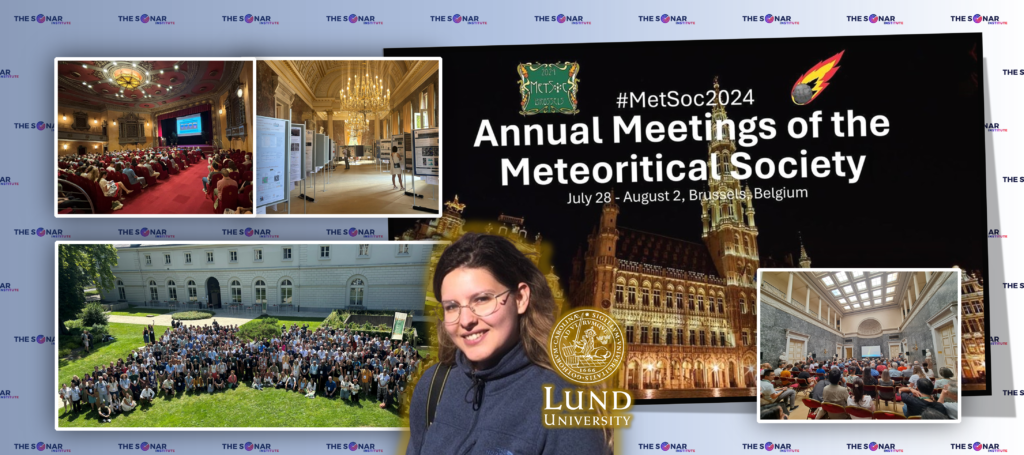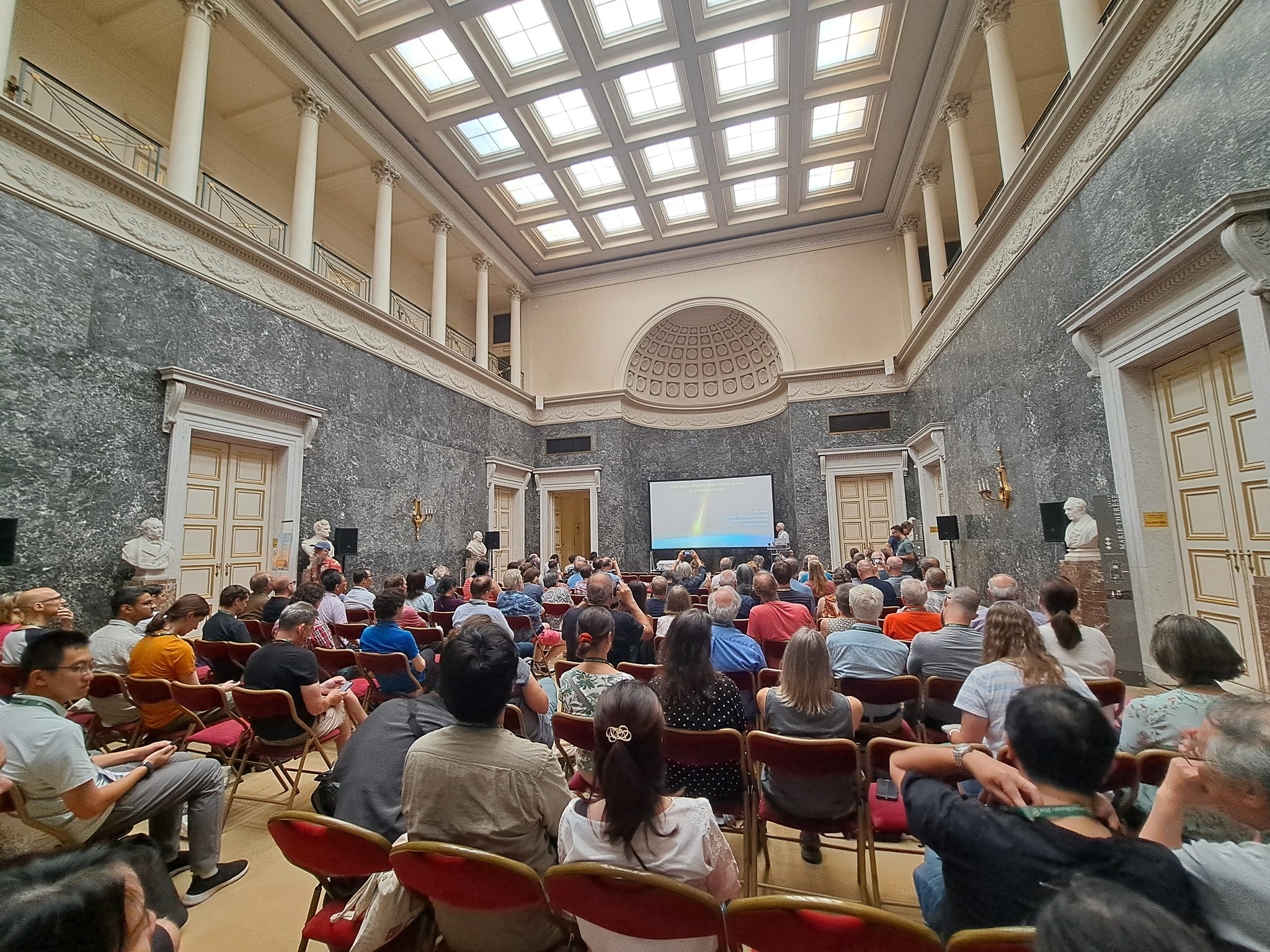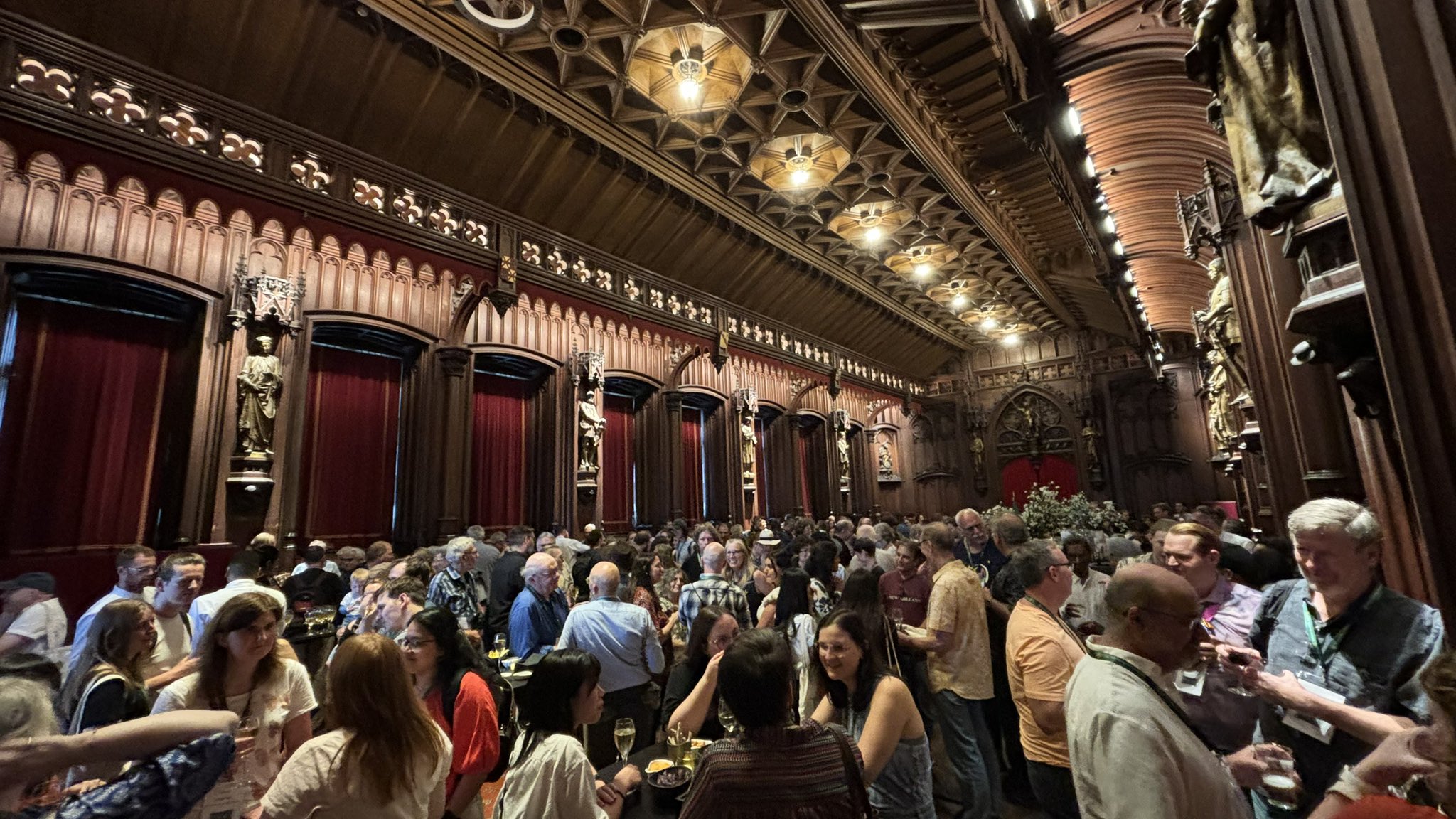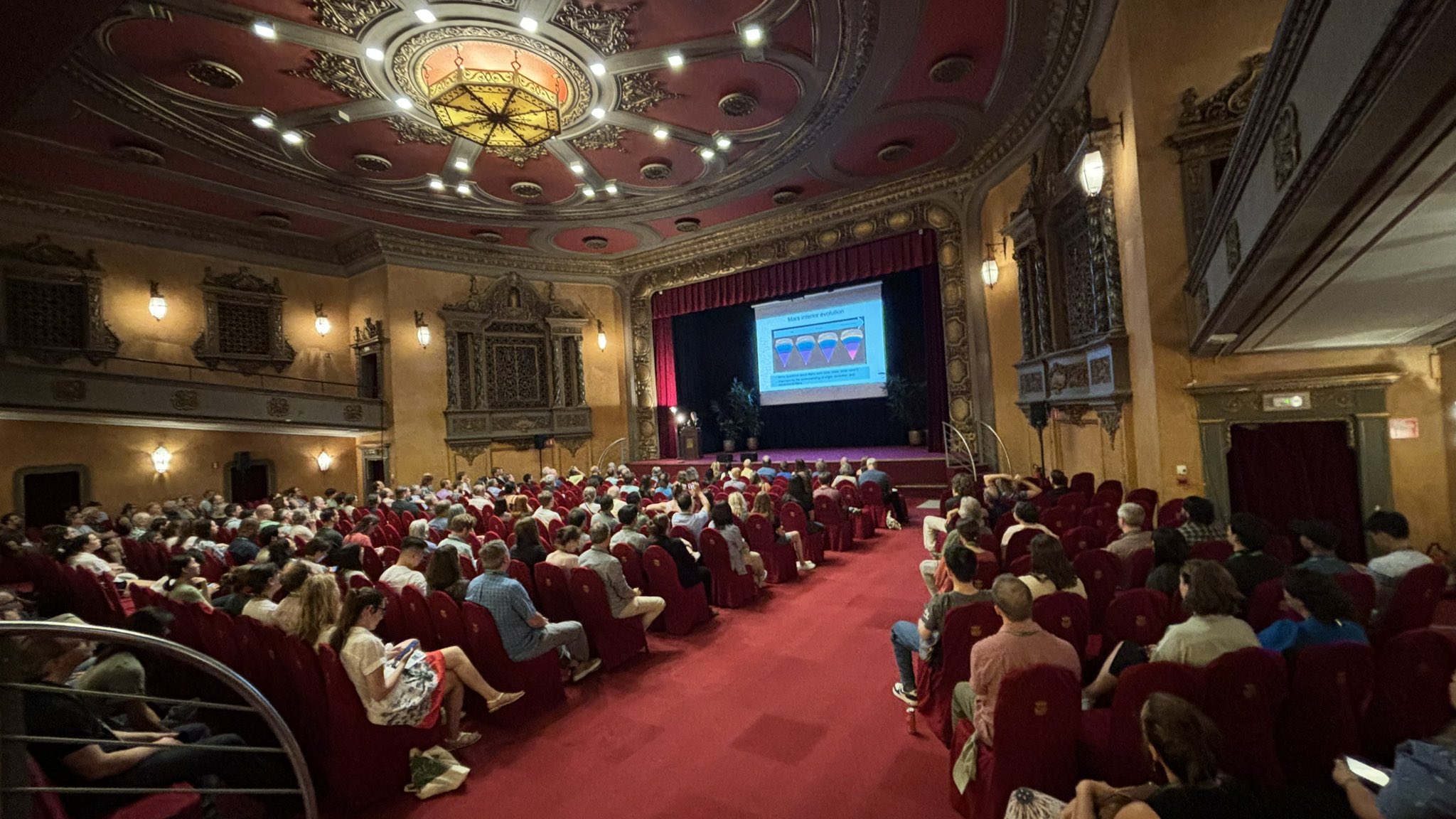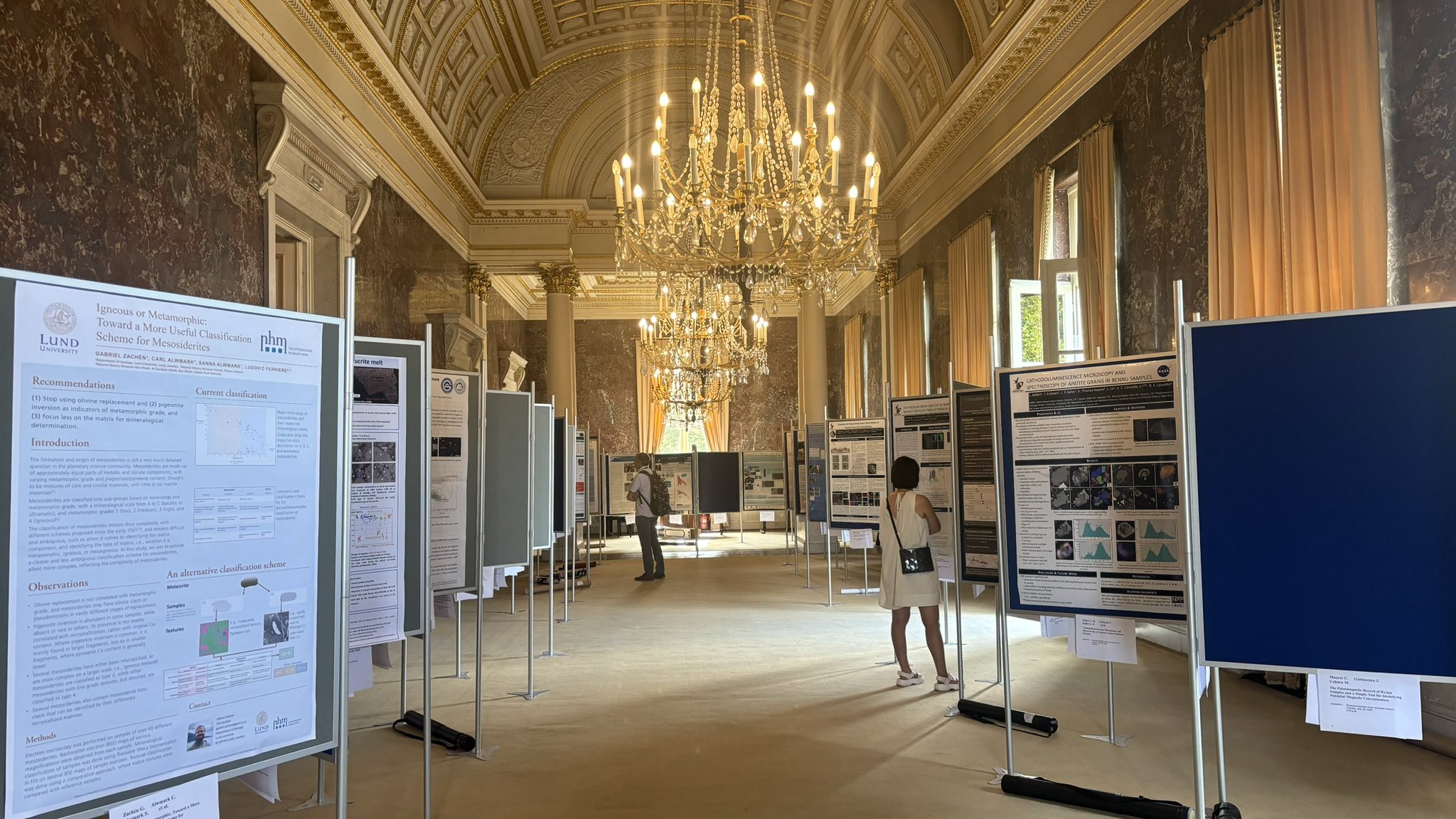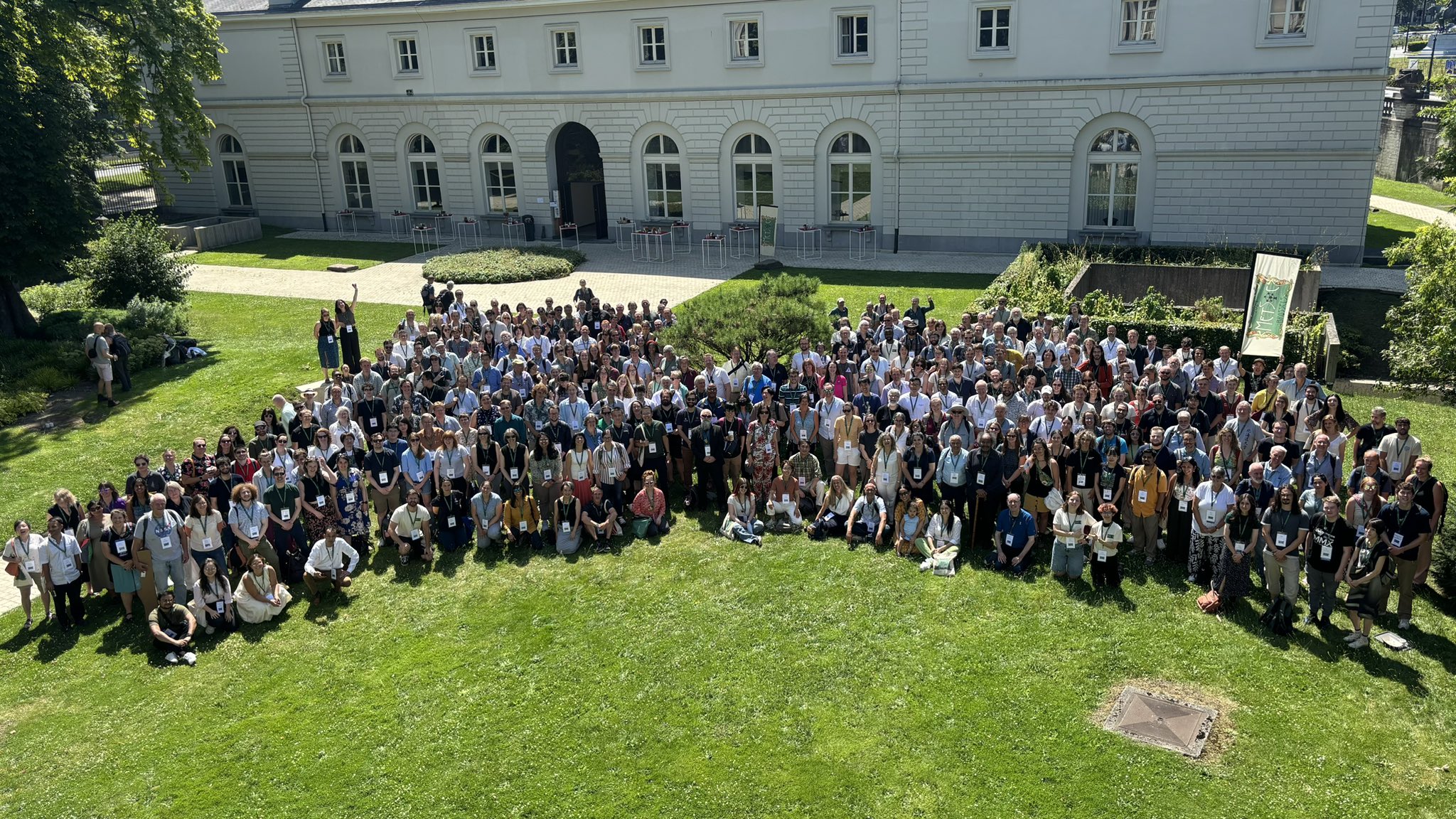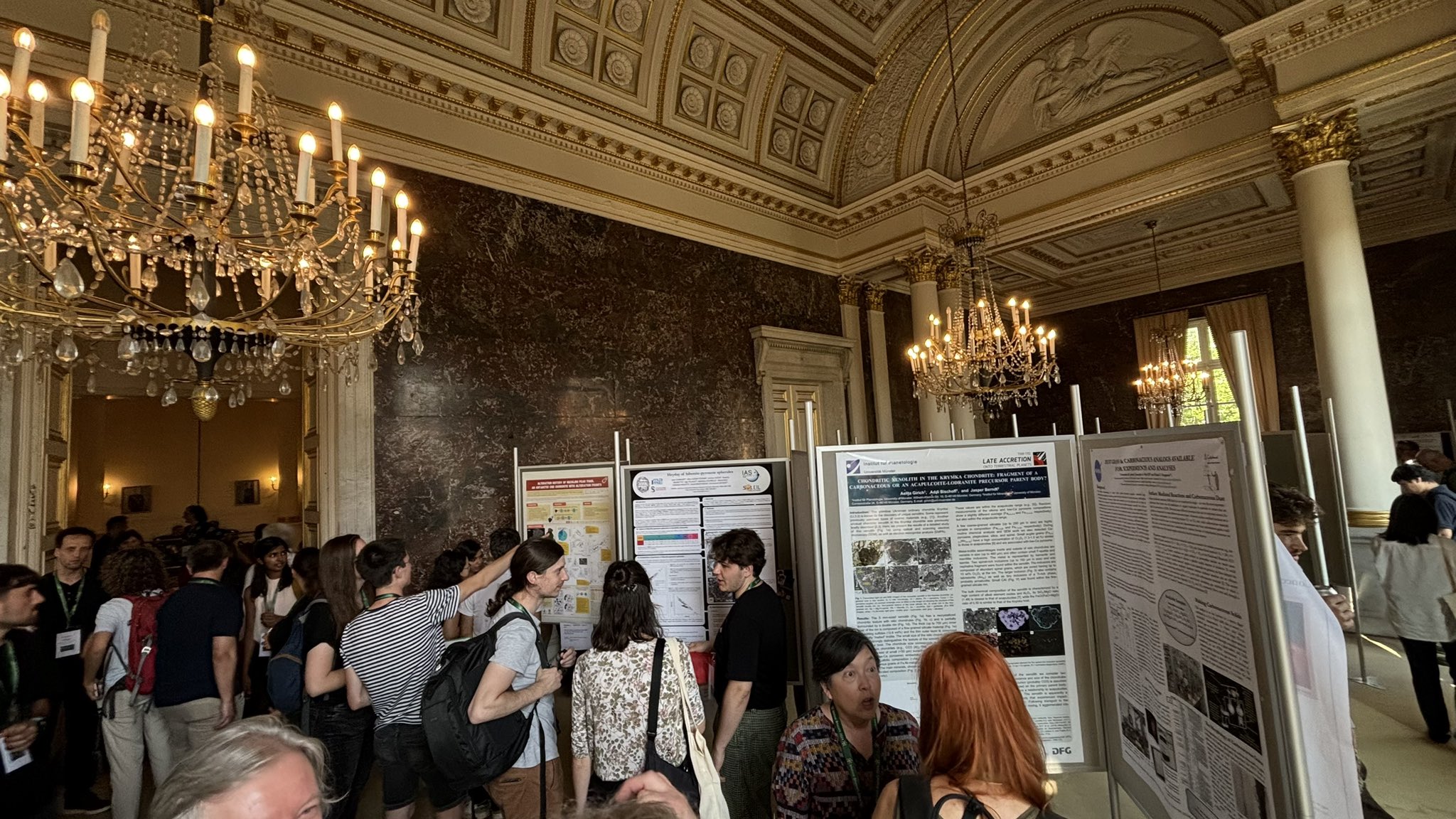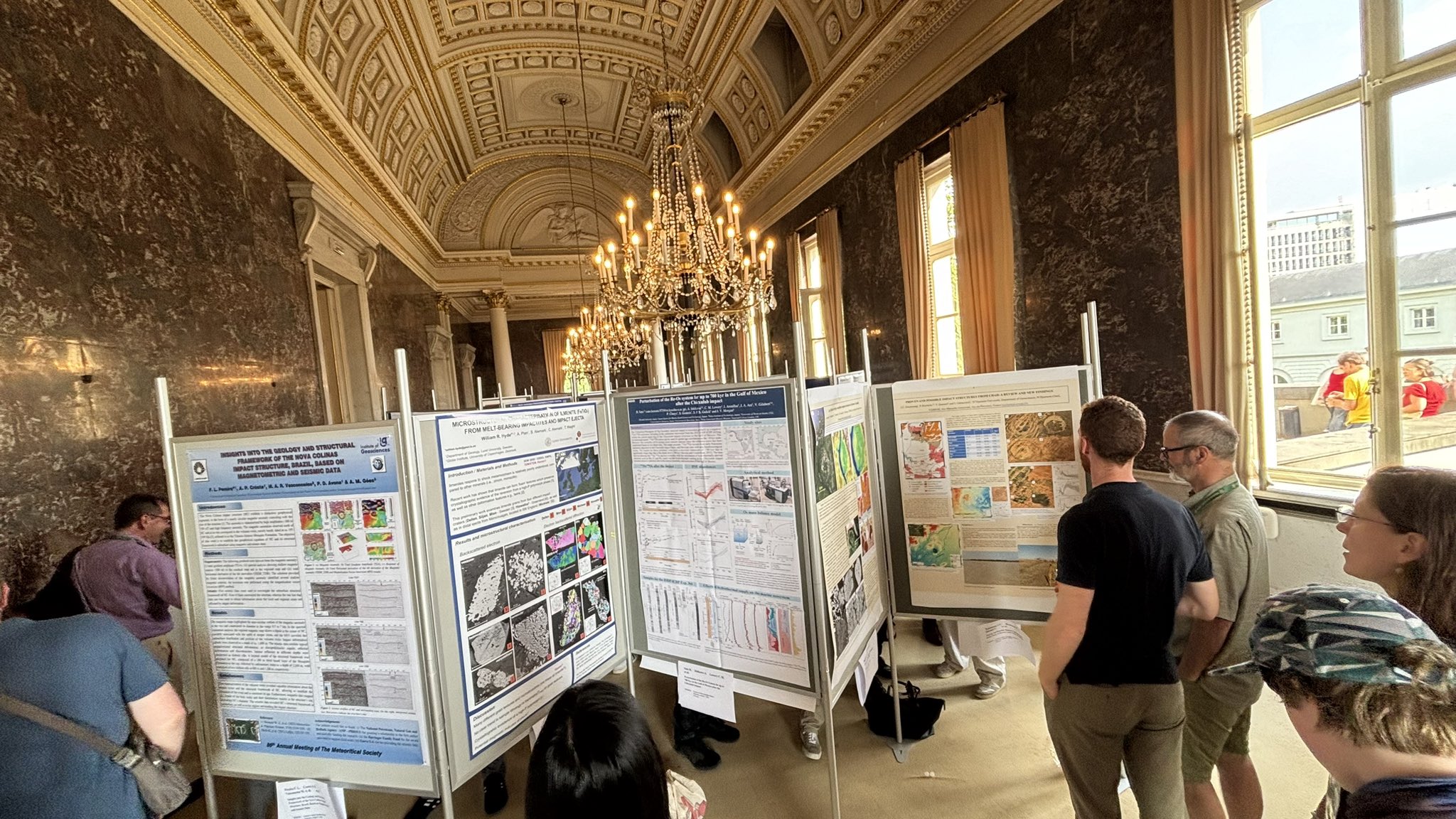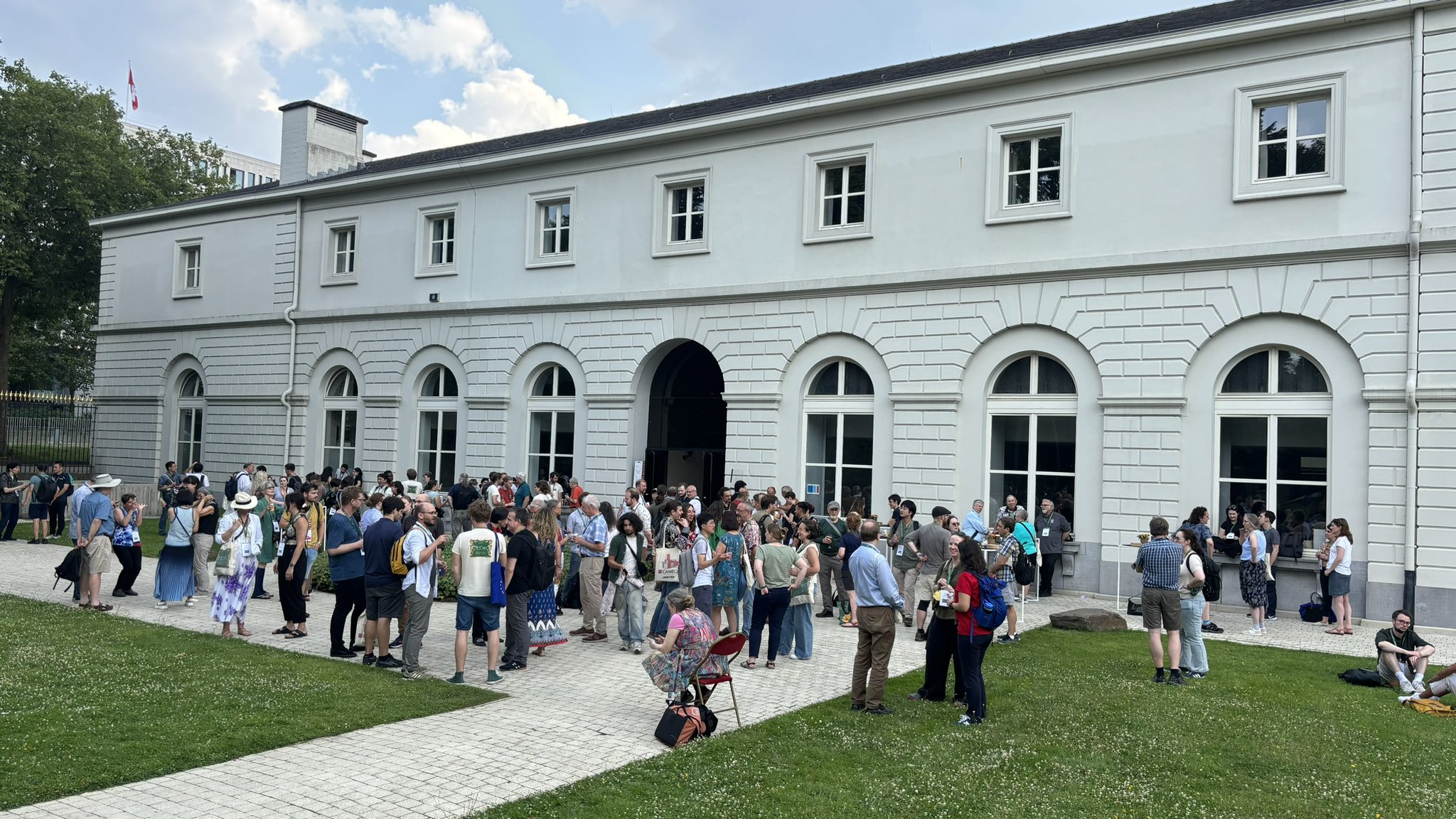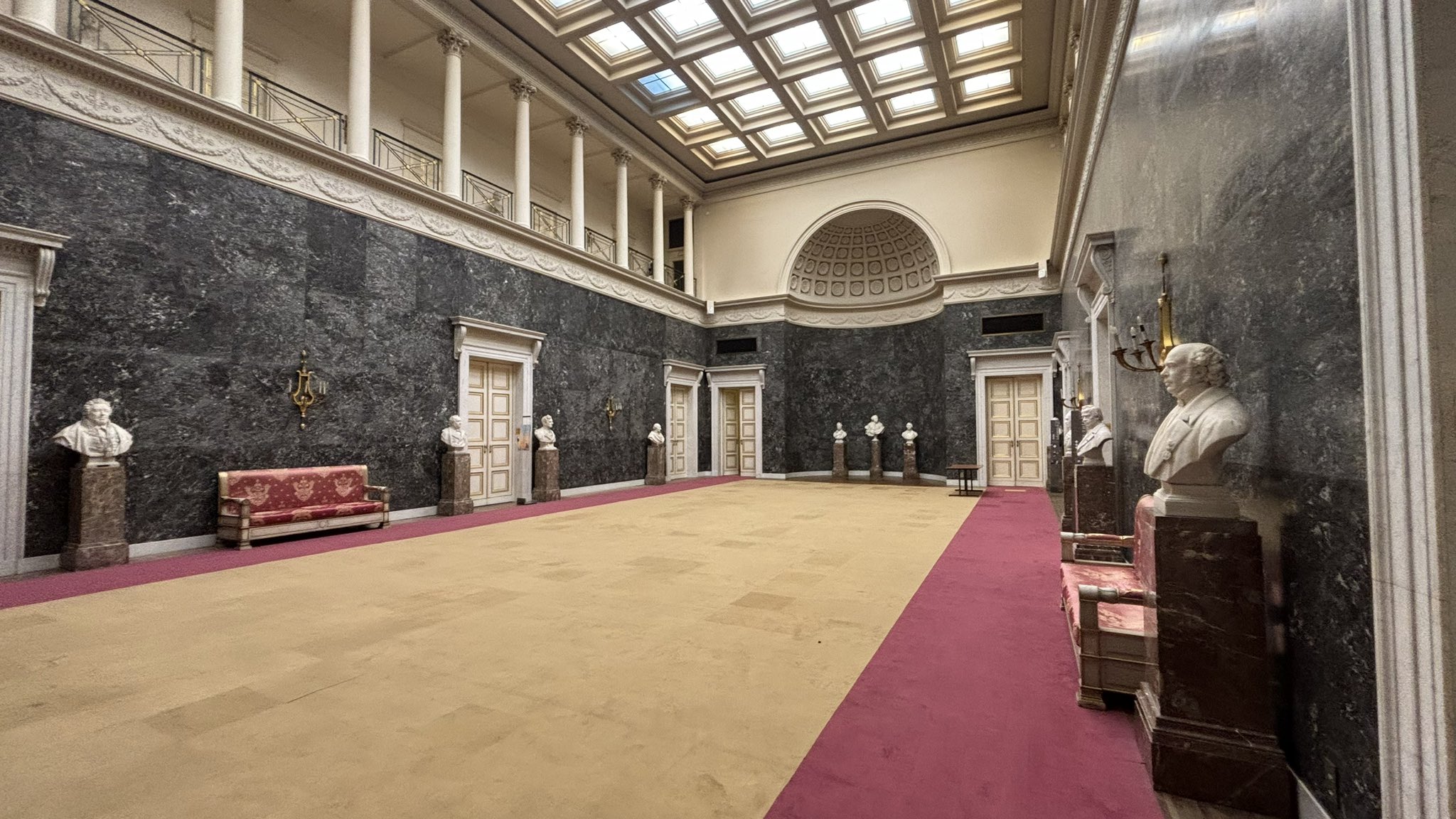The 86th Annual Meeting of the Meteoritical Society, held from July 28 to August 2, 2024, in Brussels, showcased pioneering contributions from the University of Lund’s Geology Department. This high-profile international event brought together leading researchers and specialists in planetary science and geology, gathering insights on meteoritics, impact cratering, and cosmic material analysis. Among the highlights was an impressive set of presentations from University of Lund researchers, co-led by Patrycja Struzynska, a Ph.D. candidate in Geology, a researcher within the Department of Geology (Lund University) and an Administrative Board Member of THE SONAR INSTITUTE. Struzynska, along with her colleagues, shared innovative research on complex impact structures and shock metamorphism in quartz, opening new avenues for understanding planetary impacts and geological transformations.
A Strikingly Detailed Map of Rochechouart
In their primary study, titled “A Shockingly Striking Map of Rochechouart,” Struzynska and her collaborators (S. Alwmark, C. Alwmark, M. Poelchau, and P. Lambert) presented new insights into the Rochechouart impact structure in France. This ancient crater, estimated to be over 200 million years old, presents a unique challenge due to its extensive erosion, which has removed much of the original topography. Through the analysis of core samples taken from varying depths, the research team applied shock barometry to develop a precise, three-dimensional map of the shock distribution within the crater.
The findings revealed an unexpectedly low-pressure distribution (11–13 GPa) in parautochthonous gneiss samples from close to the crater’s center, significantly lower than pressures recorded in other similarly sized impact sites. This low shock pressure, despite proximity to the crater’s assumed center, raises new questions about the crater’s actual diameter—estimated at anywhere from 15 to 50 km—and the processes involved in its formation. This study not only advances our understanding of Rochechouart’s structure but also offers an invaluable methodology for studying other impact sites.
Shock Petrography of Impactites from the Oasis Structure, Libya
The second research study, “Shock Petrography of Impactites from the Oasis Impact Structure, Libya,” showcases findings from Libya’s Oasis structure, one of Earth’s enigmatic craters. Through petrographic and microscopic analysis of impactite samples, Struzynska and her team reveal details about the minerals and rock fragments altered by intense shock. The study reveals how pressures during the impact event produced glass-like textures, fractured quartz grains, and other microstructural changes. Their observations bring new depth to the existing data on Oasis, providing a vital link between the geological history of the Libyan impact site and the region’s overall tectonic and structural evolution. This work not only advances our understanding of shock petrography but also highlights the influence of regional context on impact structure composition and resilience.
High-Resolution Mapping of Quartz Deformation with Synchrotron X-Ray Diffraction
In a third groundbreaking study, “Spatially Resolved Planar Deformation Features in Naturally and Experimentally Shocked Quartz with Synchrotron X-Ray Diffraction,” Struzynska collaborated with an interdisciplinary team from Lund and other European research institutions. The research utilized synchrotron X-ray diffraction at Lund’s NanoMAX beamline to examine quartz samples from the Siljan crater and experimentally shocked quartz subjected to 30-32 GPa. With a nanoscale spatial resolution of 50 nm, the study successfully mapped the intricate structure of PDFs in quartz, offering unprecedented insight into lattice failure and amorphization during high-pressure shock events.
This novel imaging approach revealed the branching and intricate substructures of PDFs, helping to differentiate the dominant deformation sets from subsequent branching structures, hypothesized to form as the quartz lattice collapses under extreme pressure. This method could transform the study of PDFs by enabling researchers to observe shock metamorphism in unparalleled detail, paving the way for deeper insights into shock physics and material response under extreme conditions.
Patrycja Struzynska, a Ph.D. candidate at the University of Lund and a dedicated Administrative Member of THE SONAR INSTITUTE, has quickly established herself as an influential voice in impact geology. Her research, characterized by meticulous methodology and a deep interest in planetary impact processes, bridges academic research and applied geology. Struzynska’s work not only advances the scientific community’s understanding of Earth’s impact history but also reflects her broader commitment to knowledge exchange and collaboration. Her leadership in presenting these studies at the Meteoritical Society conference underscores her commitment to elevating planetary geology as a dynamic and essential field of research.

